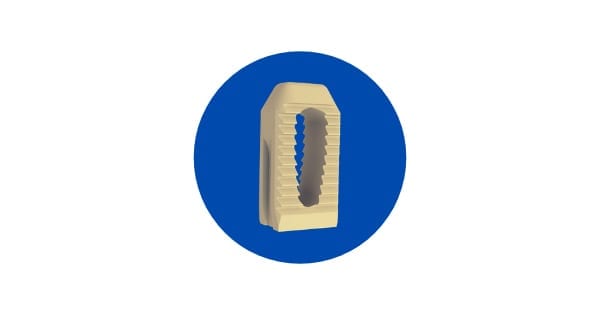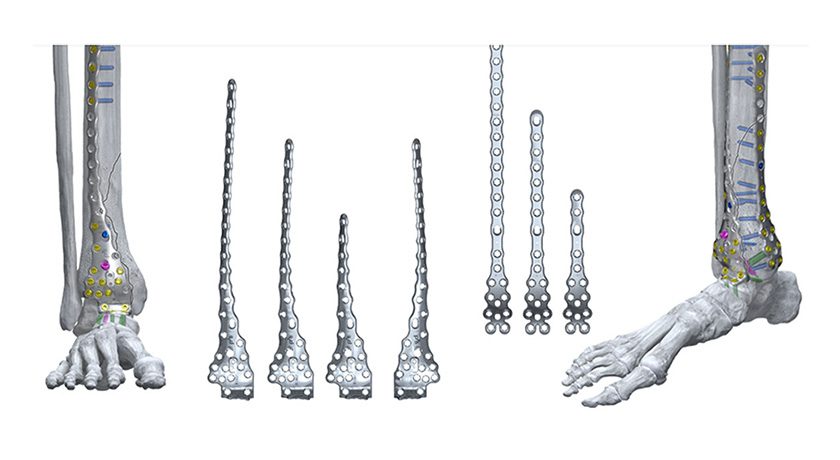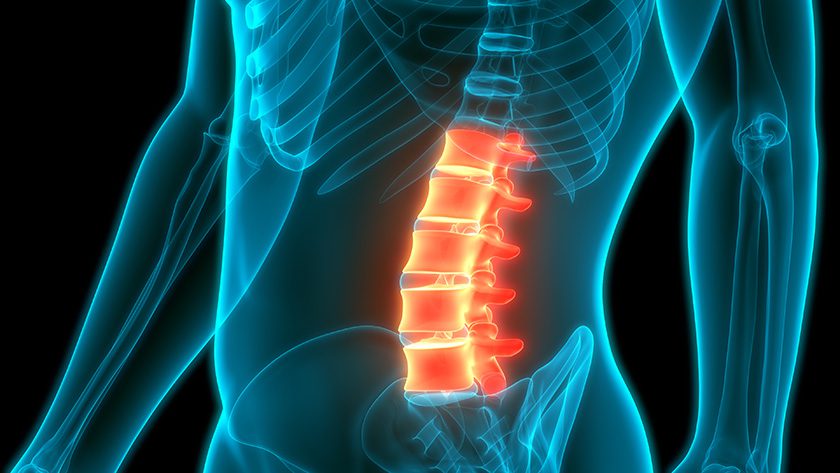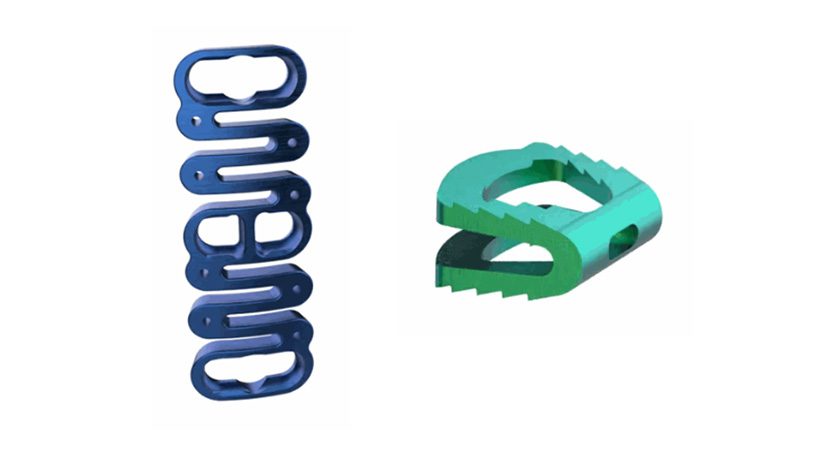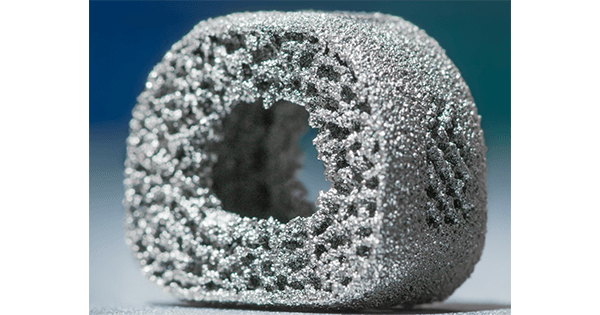

 Copy to clipboard
Copy to clipboard 
Catalyst OrthoScience announced positive mid-term data reporting on patients treated with its Catalyst CSR shoulder system. This is the ninth peer-reviewed publication for Catalyst CSR, which has previously shown to more accurately restore the proximal humerus anatomy with earlier improvements in motion than traditional stemmed and stemless shoulder arthroplasty systems. The data from this study introduces a new industry benchmark, showing that patients who underwent anatomic total shoulder arthroplasty with Catalyst CSR system experienced high patient satisfaction, little to no pain, significant functional improvements and very low revision rates that exceed the average data published for similar implants.
This retrospective study of prospectively collected data with 5-8 years of completed follow-up in 206 shoulders in 179 patients with the Catalyst CSR suggests that a bone-sparing approach coupled with a more accurate reconstruction of the proximal humerus can lead to more normal shoulder functionality following shoulder replacement surgery.
Study highlights include:
- Patient reported outcomes and functionality demonstrated clinically meaningful improvements at just 6 weeks post operatively and all subsequent timepoints.
- 77% of patients reported a Single Assessment Numeric Evaluation (SANE) score ≥ 95 at final follow-up (P < .001), indicating that an exceptionally large percentage of patients perceive their shoulder to be functioning normally.
- Pain medicine requirements were less than traditional TSA, and patients on average voluntarily stopped taking prescription pain medication at 3.4 days postoperatively.
- The bone sparing humeral component was successfully implanted in patients of varying age and bone quality with no humeral loosening, and only 1% with low grade medial calcar stress shielding.
- Only one implant related revision at 5+ years, indicates excellent implant survivorship at nearly 6 years average follow-up.
The Catalyst CSR shoulder system features a stemless ellipsoid-shaped humeral head and multiplanar osteotomy surgical technique. The implant design replicates the natural shape of the humeral head, while the surgical technique minimizes bone removal and preserves strong, dense bone for humeral head fixation. The system is consistently shown to more accurately restore the proximal humerus anatomy while sparing up to 72% more bone than traditional stemmed and stemless shoulder arthroplasty systems. The less invasive approach, refined surgical technique, and overall efficiency of the Catalyst CSR system align with the goals of hospitals and ASCs.
Source: Catalyst OrthoScience Inc.
Catalyst OrthoScience announced positive mid-term data reporting on patients treated with its Catalyst CSR shoulder system. This is the ninth peer-reviewed publication for Catalyst CSR, which has previously shown to more accurately restore the proximal humerus anatomy with earlier improvements in motion than traditional stemmed and stemless...
Catalyst OrthoScience announced positive mid-term data reporting on patients treated with its Catalyst CSR shoulder system. This is the ninth peer-reviewed publication for Catalyst CSR, which has previously shown to more accurately restore the proximal humerus anatomy with earlier improvements in motion than traditional stemmed and stemless shoulder arthroplasty systems. The data from this study introduces a new industry benchmark, showing that patients who underwent anatomic total shoulder arthroplasty with Catalyst CSR system experienced high patient satisfaction, little to no pain, significant functional improvements and very low revision rates that exceed the average data published for similar implants.
This retrospective study of prospectively collected data with 5-8 years of completed follow-up in 206 shoulders in 179 patients with the Catalyst CSR suggests that a bone-sparing approach coupled with a more accurate reconstruction of the proximal humerus can lead to more normal shoulder functionality following shoulder replacement surgery.
Study highlights include:
- Patient reported outcomes and functionality demonstrated clinically meaningful improvements at just 6 weeks post operatively and all subsequent timepoints.
- 77% of patients reported a Single Assessment Numeric Evaluation (SANE) score ≥ 95 at final follow-up (P < .001), indicating that an exceptionally large percentage of patients perceive their shoulder to be functioning normally.
- Pain medicine requirements were less than traditional TSA, and patients on average voluntarily stopped taking prescription pain medication at 3.4 days postoperatively.
- The bone sparing humeral component was successfully implanted in patients of varying age and bone quality with no humeral loosening, and only 1% with low grade medial calcar stress shielding.
- Only one implant related revision at 5+ years, indicates excellent implant survivorship at nearly 6 years average follow-up.
The Catalyst CSR shoulder system features a stemless ellipsoid-shaped humeral head and multiplanar osteotomy surgical technique. The implant design replicates the natural shape of the humeral head, while the surgical technique minimizes bone removal and preserves strong, dense bone for humeral head fixation. The system is consistently shown to more accurately restore the proximal humerus anatomy while sparing up to 72% more bone than traditional stemmed and stemless shoulder arthroplasty systems. The less invasive approach, refined surgical technique, and overall efficiency of the Catalyst CSR system align with the goals of hospitals and ASCs.
Source: Catalyst OrthoScience Inc.

You are out of free articles for this month
Subscribe as a Guest for $0 and unlock a total of 5 articles per month.
You are out of five articles for this month
Subscribe as an Executive Member for access to unlimited articles, THE ORTHOPAEDIC INDUSTRY ANNUAL REPORT and more.
JV
Julie Vetalice is ORTHOWORLD's Editorial Assistant. She has covered the orthopedic industry for over 20 years, having joined the company in 1999.


